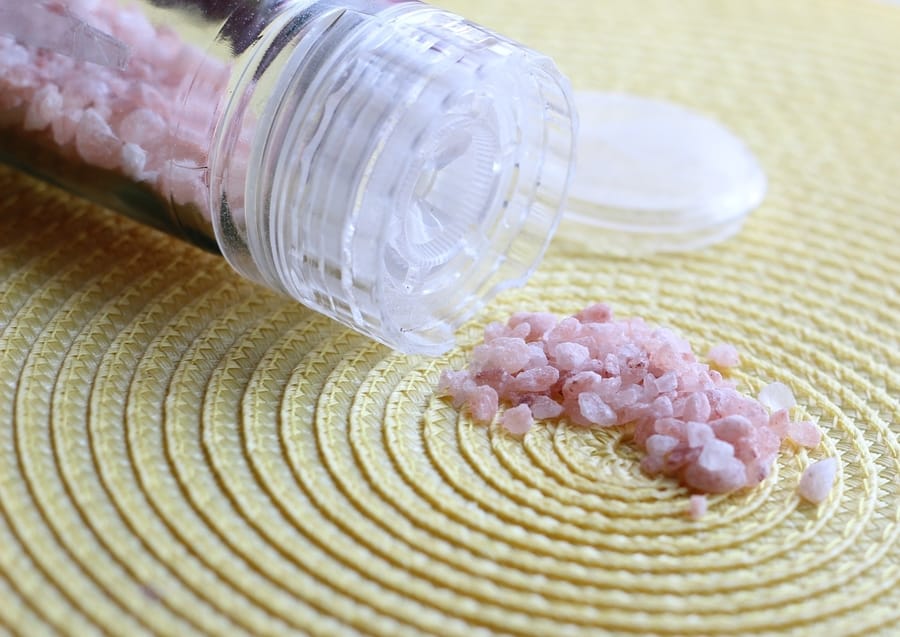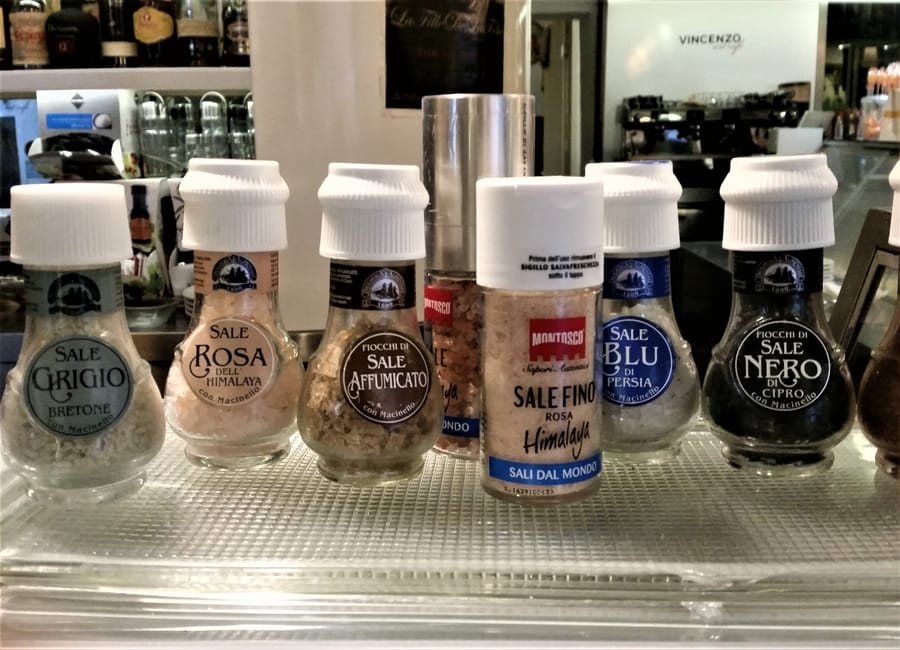I have used Himalayan pink salt for meat curing, but there’s a bit of confusion about whether it’s a good thing or actually what it is.
This isn’t very scientific (but it will have links), but I have done some research before. I have used it for curing various types of meat.
I have used Himalayan Pink Salt for curing fish, pork, deer, duck, and many other types of meat. So, I thought I would share some of my experiences and discuss the confusion with pink curing salt.
Here’s a quick answer if you’re in a rush: I’ll also rattle on about some of the things I’ve learned with some links.
Himalayan Pink Salt for Curing Meat
Himalayan pink salt can be used for meat curing; however, it contains more trace minerals than sea salt. This may influence meat curing results. There is a significant difference between Himalayan Pink Salt and Pink Curing Salt.
Start digging deep into the internet through Google. You’ll find that even in the Himalayas around Pakistan, where most of the Himalayan salt comes from, they use the pink Himalayan salt for preserving fish.
However, I haven’t found specifics in English regarding this.
There are also a lot of health claims about the benefits of either consuming Himalayan pink salt, being close to it, or putting it into the water and drinking it.
I won’t get into that type of detail; this is more related to curing meats (here is a popular calculator on meat curing I created).
Experiences with Himalayan Pink Salt for Meat Curing
In the past, whether making dry-cured bacon or some other form of dry-cured meat, I can’t remember specifically which time. However, I have used it on multiple meaty projects and noticed no difference in the outcomes.
It is just the extra trace minerals like uranium, even though it is minimal. I know it won’t have an impact, but I don’t like putting uranium in my bacon, even if it is a tiny microbe dot.
(Uranium is naturally occurring, in tiny tiny trace element amounts)

What is in Himalayan Pink Salt?
Below, you’ll find a link to a table that thoroughly explains what trace minerals are in Himalayan salt. It resembles the various sea salts; it has a few extra trace minerals.
98% is pure standard sodium chloride, a.k.a. pure salt
2% is made up of all the other trace minerals. The majority seems to be similar.
Click on this link here to see all the other bits and pieces. Considering that many of these are small decimal places of parts per million or ppm, This does consist of tiny amounts.
Here is the link to the complete breakdown of the minerals. It’s a pretty chunky list.
What Does Pink Curing Salt Do to the Meat?
I wrote a whole post going into more detail about pink-curing salt.
Here is a quote from a meat science textbook to summarize –
adding nitrates to meet will improve flavor, prevent food poisoning, tenderize the meat, and develop the pink color widely known and associated with smoked meats
Marianski & Marianski – meat production of quality meats and sausages
So, just to be clear, this is pink curing salt no.1 or no.2; this is not in the Himalayan pink salt.
I don’t know about you, but even though I have learned the difference for decades, it still is hard for my brain to process it!
Curing for Seasoning vs. Curing for Preserving
Curing gets a little complicated sometimes if you are unfamiliar with the terminology – this site is dedicated to dry curing meat and aspects of brining using a wet cure.
Some people use the terminology of curing meats with salt before smoking/cooking the meat – often called hot making, especially in the United Kingdom.
And then you have that type of salt curing where you are just seasoning the meat before cooking it -like a giant ribeye steak or T-bone.
Sea Salt vs. Table Salt vs. Himalayan Salt
I like to stick to good-quality sea salt for my meat curing.
Sea salt is evaporated ocean water and contains several trace minerals. I’ve been using it for over ten years for meat curing, so I’m happy to continue using it.
Table salt is more highly refined, often stripped of minerals and is pure sodium chloride. Then, depending on which one/brand type – you get, it can be iodized since iodine is something people supposedly miss out on in their diet.
However, table salt is not a good option for meat curing because it sometimes contains anticaking agents to prevent the meat from sticking together.
As I have found in meat curing, these anticaking agents can have an offputting flavor, so that I won’t use them.
I just read another article about Celtic salt with a brownish color; I haven’t personally used it.
When I traveled through Italy recently, I remember going into a café somewhere in Umbria around central Italy, which had six different types of sea salt! I remember there was a blue Persian salt and a black salt – I dug out the foto!

I got some black Himalayan salt last year, and it has this exciting sulfur smell and taste. It seems also to be called Indian black salt.
Anyway, we generally use sea salt or Himalayan salt for cooking, not meat curing.
Why is Himalayan Pink Salt Pink?
Himalayan salts have varying shades of color including white, pink and dark red. The pink or red color is generally attributed to iron oxide, copper or red marl (clay or silt).
https://www.cargill.com/salt-in-perspective/himalayan-salt-vs-table-salt-vs-sea-salt
What is in Pink Curing Salt?
Pink curing salt has two versions, either number 1 or number 2.
The simplest way to think about it as curing salt number one is for short-term meat curing projects under 30 days. Pink curing salt number two is for longer-term dry-curing projects such as dry-cured salami or classic Italian salumi.
Pink curing salt no. 1 only has sodium nitrite and sodium chloride
- 93.75% table salt
- 6.25% sodium nitrite
Pink curing salt no. 2
- 89.75% table salt
- 6.25% sodium nitrite
- 4% sodium nitrate
I’ve been reading the latest science on nitrates turning into carcinogens when heated to higher temperatures (350°F, I think); I do not use pink curing salt number one for making bacon since I like to cook it until it’s crisp.
But I use pink curing salt number one for pastrami since I won’t be smoking and cooking the meat much past its internal doneness temperature, below 350°F.
I use pink curing 2 for dry curing salami that I am not cooking at over 350°F.
References:
INTERESTING FACTS (About Sea Salt)
Pass the Salt (But Not That Pink Himalayan Stuff) – Science-Based Medicine site
Is Pink Himalayan Salt Better Than Regular Salt? – Healthline

Tom Mueller
For decades, immersed in studying, working, learning, and teaching the craft of meat curing, sharing the passion and showcasing the world of charcuterie and smoked meat. Read More


